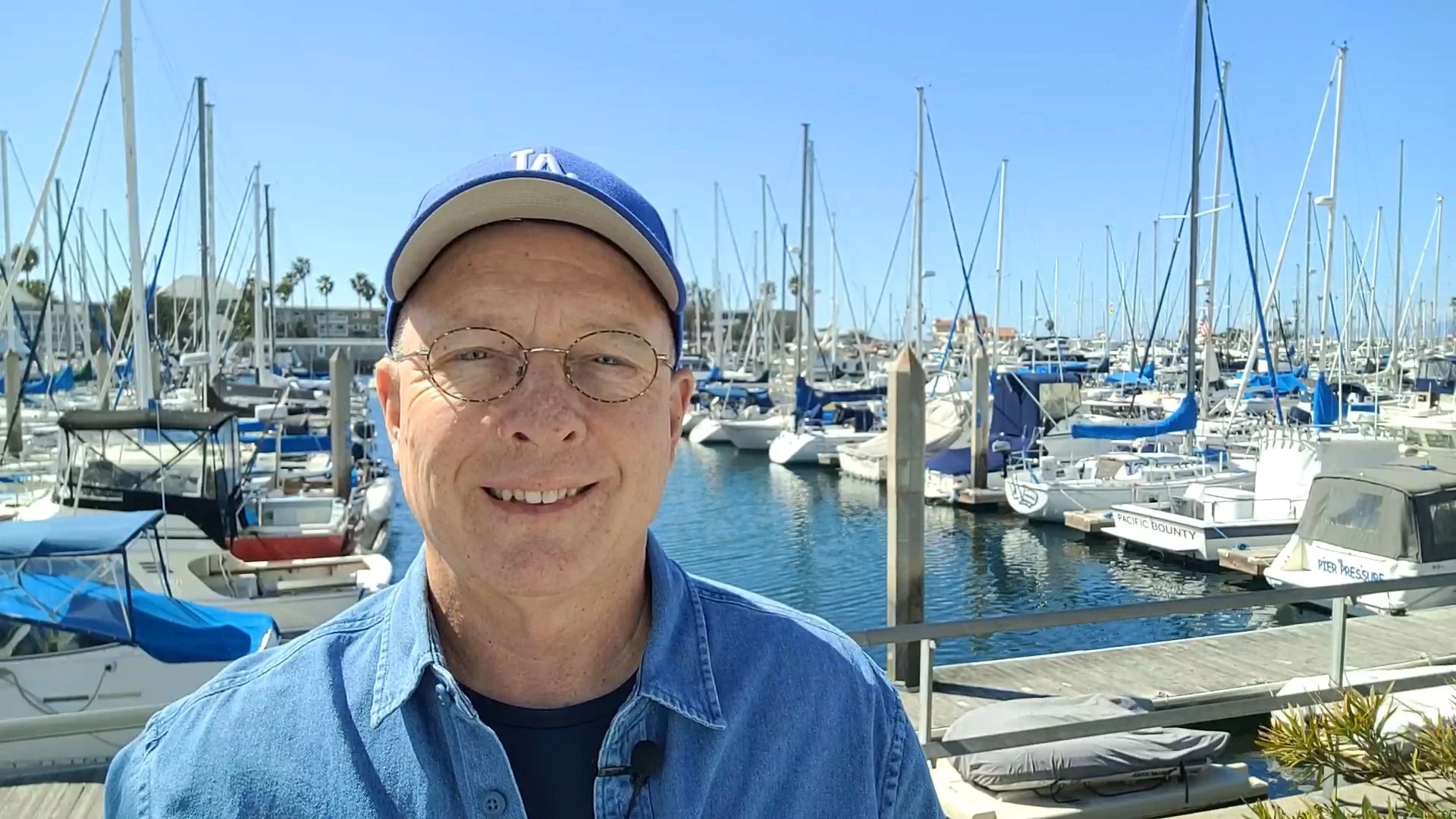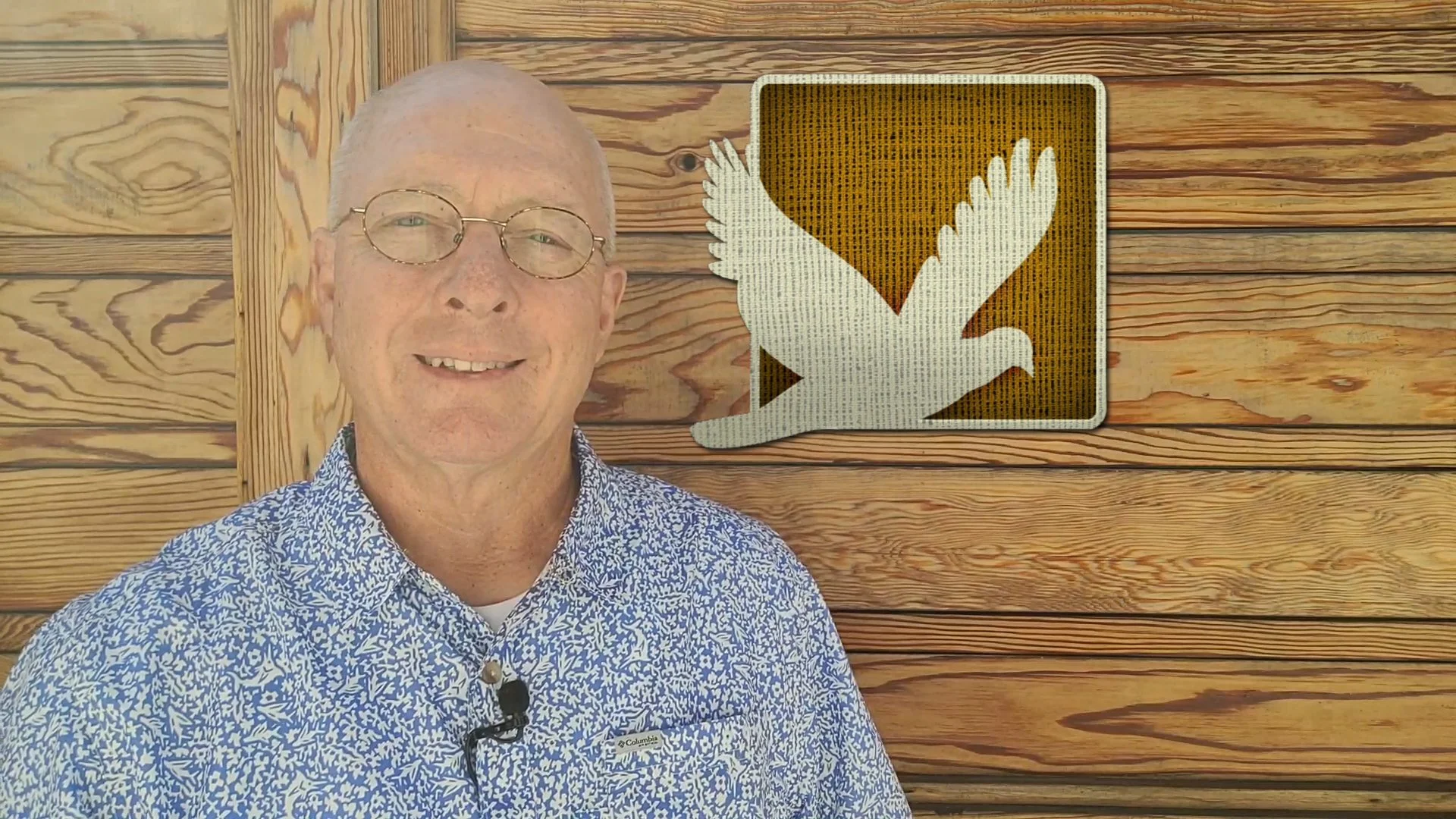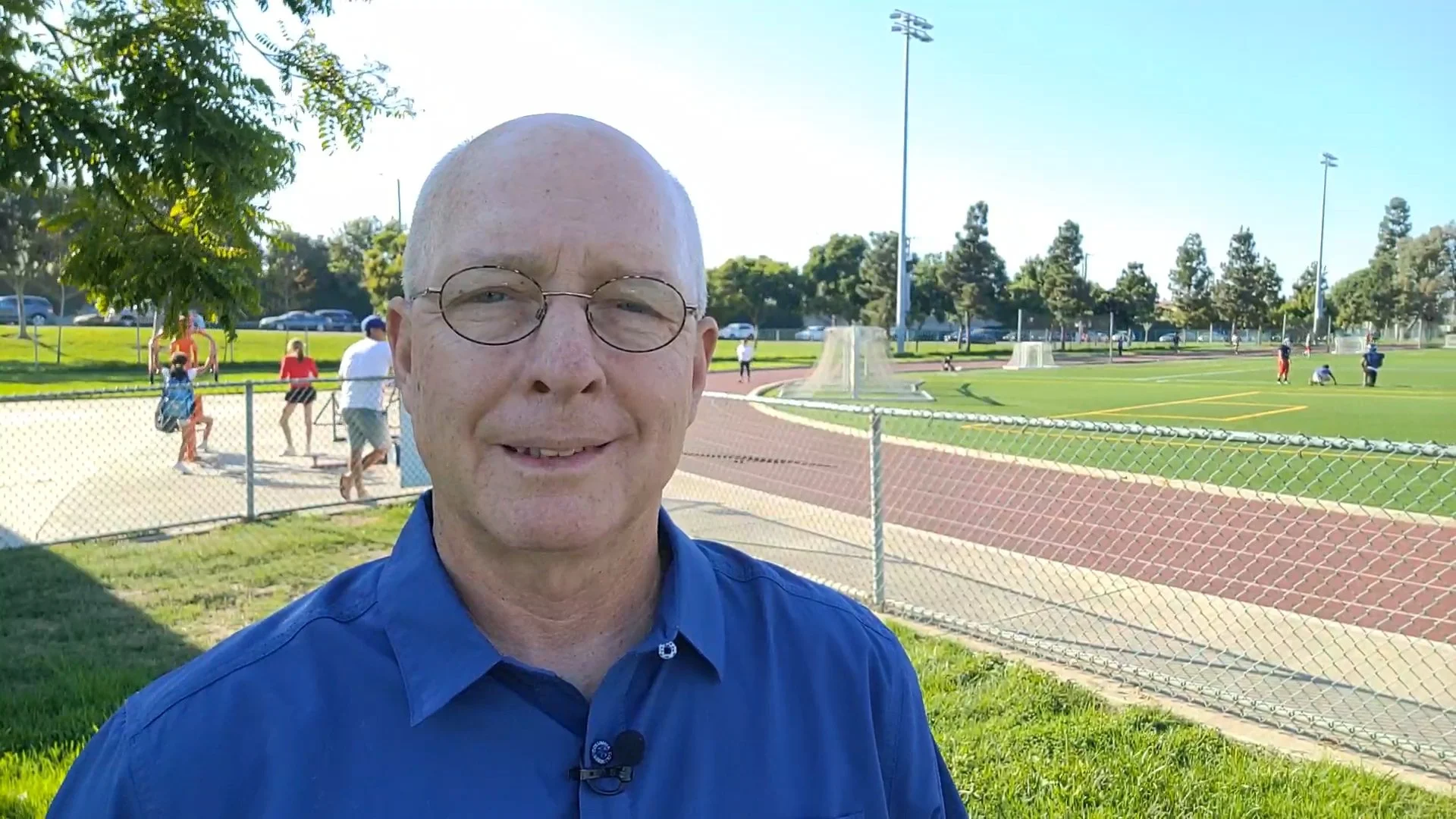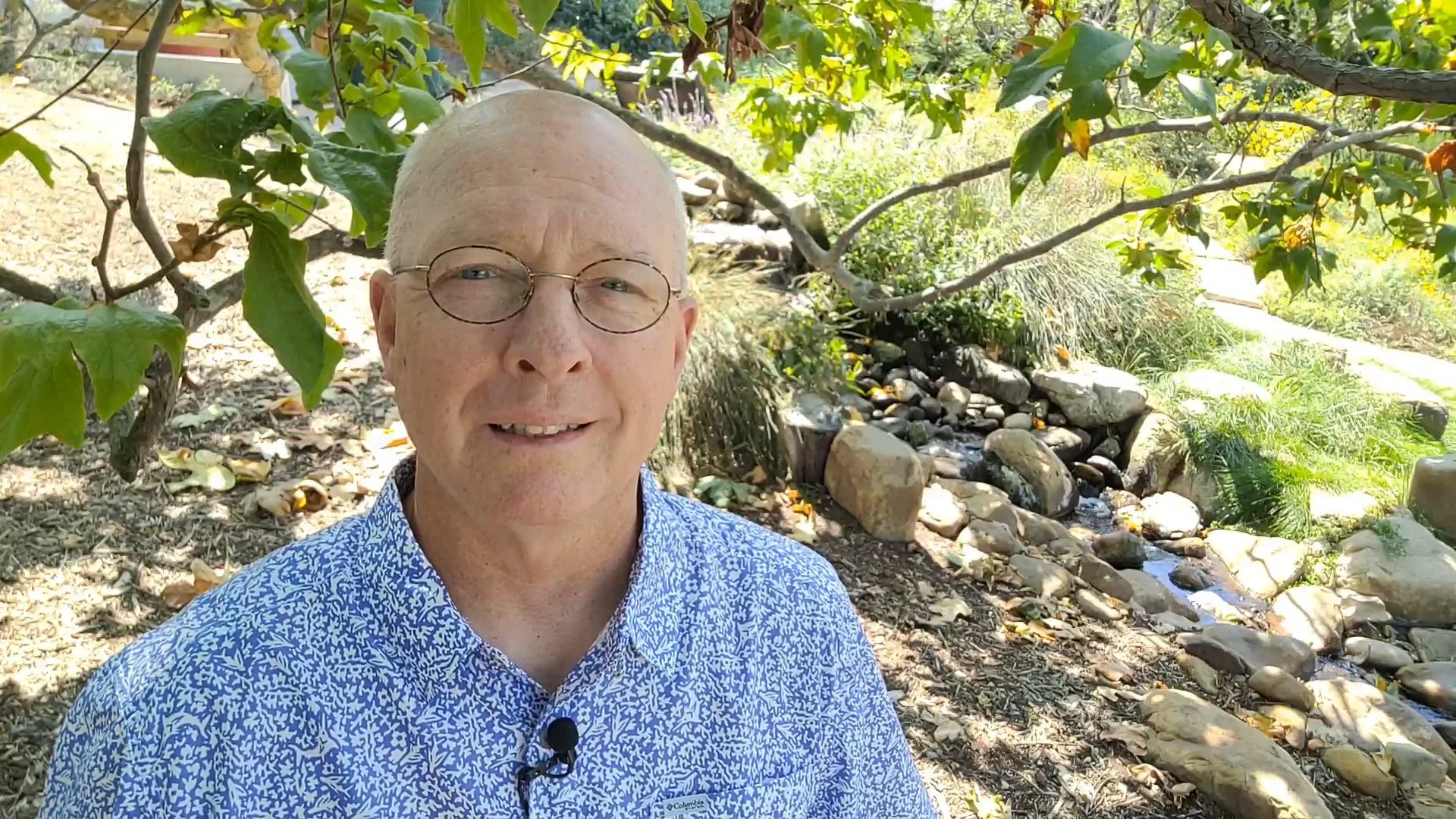As I was preparing to enter my freshman year of high school, I realized that the secondhand faith I’d inherited from my parents wasn’t going to be strong enough to bear the weight of my future. I knew if I was going to live as a genuine Christian, I would need a faith of my own. So, alone in my room before bed one evening, I prayed this sincere and simple prayer: “God, I’m not sure you even exist. But if you do and you’re the God the Bible describes, please reveal yourself to me.”
Then, later that same night, I woke up with the phrase sunrise over Jordan in my mind and found myself humming a melody. So, I got up, grabbed my guitar, and as quickly as I could write, I composed a song with that phrase as its title. I was super excited because writing music had been a secret desire of mine. But I didn’t connect the dots between the song and my earlier prayer until about two months later when I was on a camping trip.
I was by myself in a tent singing my little song when a pastor just happened to walk by, heard me, stuck his head in, and asked me about the music he was hearing. When I told him it was something I’d written, he complimented me on the symbolism in the lyrics. When I asked what he meant, he told me that in the Bible, the Jordan river was the threshold the Israelites crossed to enter the Promised Land and symbolizes the passage from death into eternal life. So, Christians believe the cross and resurrection of Jesus have made possible a spiritual sunrise over Jordan.
Until that moment, I’d had no idea about any of that, and I sat there amazed. Honestly, I thought I’d just assembled a random collection of words that sounded good together. But I was suddenly overwhelmed with the realization that the Maker of the Universe had answered the prayer of a sincerely seeking, teen-aged boy. And my life has never been the same since.
In hindsight, the idea that I would’ve even considered withholding belief in God unless he proved himself to me, seems stunningly arrogant. But God knew my heart. I wasn’t a skeptic committed to incredulity. I wanted to believe. I just wanted my belief to be tied to personal experience. And it’s that same desire I see on display in John 20:24-31.
This passage focuses on the disciple known to his contemporaries as the Twin but who, in the centuries since, has come to be called Doubting Thomas because of his refusal to believe the initial reports of the resurrection. He’d been absent when Jesus appeared to the rest of the disciples on Easter evening. And in response to their excited descriptions of what happened, he said, “Unless I see in his hands the print of the nails and put MY finger into the print of the nails and put MY hand into his side, I will not believe.”
But I don’t think this was the statement of a skeptic. Based on how Jesus responded, I think it’s clear the Lord heard it as the prayer of a genuine seeker desiring a first-person faith. And he showcased its value along with a willingness to answer that kind of prayer by quoting it nearly word for word when he reappeared among the disciples eight days later just so Thomas could inspect his wounds and cross the threshold into belief.
The richness of the grace on display in that moment moved Thomas to cry out with reverent worship, “My Lord and my God!” But some have understood the Lord’s reply to that expression of praise as a rebuke for Thomas’ insistence on seeing before believing and a promise of reward for those who are willing to exercise blind faith instead. But blind faith, which can be defined as unreasonable trust, is inherently dangerous. And a careful survey of Scripture makes clear that God never commands or promotes such unsupported belief.
Biblical faith is always the result of a choice based on what someone has experienced of God. And the blessing Jesus referred to here was an assurance that there was a pathway to that kind of belief even for those who would never see him in the flesh. This pathway is described in Romans 10:17 where we’re told, “Faith comes by hearing, and hearing by the Word of God.” And that’s why John closed this passage by declaring the purpose behind what he’d included in his gospel. He said, “"These are written that you may believe that Jesus is the Christ, the Son of God, and that believing you may have life in his name."
The final eight verses of John 20 demonstrate that Jesus desires to make himself known to those who sincerely seek him, and that for those who do, God has provided in his Word everything needed for an evidence-based faith.



















